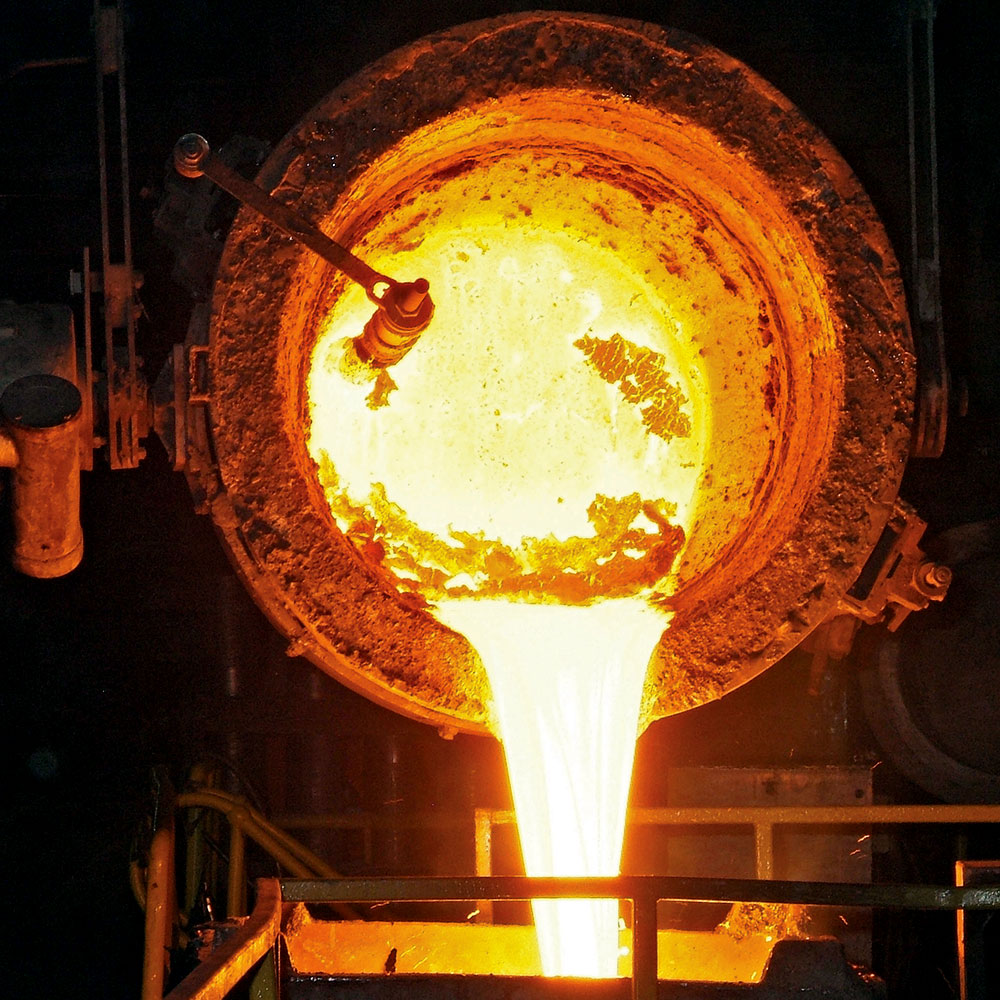Business Model:
HDFC Asset Management (HDFC AMC) is the investment manager to HDFC Mutual Fund (HDFC MF) which is the largest mutual fund in India. HDFC AMC has a diversified asset class mix across Equity and Fixed Income/Others. It has a countrywide network of branches along with a diversified distribution network comprising Banks Independent Financial Advisors and National Distributors. The Company is a subsidiary of Housing Development Finance Corporation Limited. They also provides portfolio management and segregated account services including discretionary non-discretionary and advisory services to high net worth individuals, family offices, domestic corporates trusts, provident funds and institutions.
Also, with growing focus on investments and savings in India due to the demographic shift, there will be higher demand for investment services like HDFC AMC.
Competitive advantage:
HDFC MF has the highest market share of 14.6%.
HDFC AMC is a part of HDFC group which provides various financial services; is a leading finance house in India; is one of the top private banks in India and a trusted brand. HDFC AMC has 147 schemes for different needs of different investors. Thus, with this portfolio of products HDFC AMC can render services to a wide number of investors.
Moreover, high Equity oriented AUM provides the opportunity of higher return because there is higher margin in these schemes. HDFC AMC has been the largest asset management company in India in terms of equity-oriented AUM since the last quarter of Fiscal 2011.
It is also the most profitable asset management company in India in terms of net profits since Fiscal 2013 according to CRISIL.
Financials:
Sales growth:
Annual Sales have been more or less steady from 1750 Cr in 2018 to 1850 Cr in 2021. The sales were higher in 2020 at 2000 Cr.
EBITDA/ PAT Growth:
EBITDA has increased nearly 1.5 times from 2018 (950 Cr) to 2021 (1464 Cr). PAT has increased in similar lines (slightly higher than EBITDA increase rate mainly driven by higher other income). The increase in EBITDA is also driven by lesser costs. Interest costs are negligible.
Margin:
The EBITDA margin increased from 50% to 85% between 2018 and 2021. PAT margin increased from 33% to 63% in the same period.
ROE: It is steady around 36%. ROE has been constantly above 35% over the past 5 years.
ROCE: It is steady around 50%. FY21 ROCE is 46%. ROCE has been constantly above 45% over the past 5 years.
Debt and coverage:
There is no debt on the balance sheet.
Shareholding:
Promoters hold 73.9% stake and institutions hold 15.3% stake. Promoter stake has been constant. FII and DII stake have been increasing steadily.
Expensiveness: PE ratios:
Earning per share: Rs. 62, Share price : 2728; PE ratio = 44; Price to book ratio = 12;
Industry average PE ratio is 35; Also historically the PE ratio has been between 40 and 50, hence the current PE ratio is close to historical averages. The company has strong fundamentals.
Dividend Yield : 1.2%
EV/ EBITDA is 26


